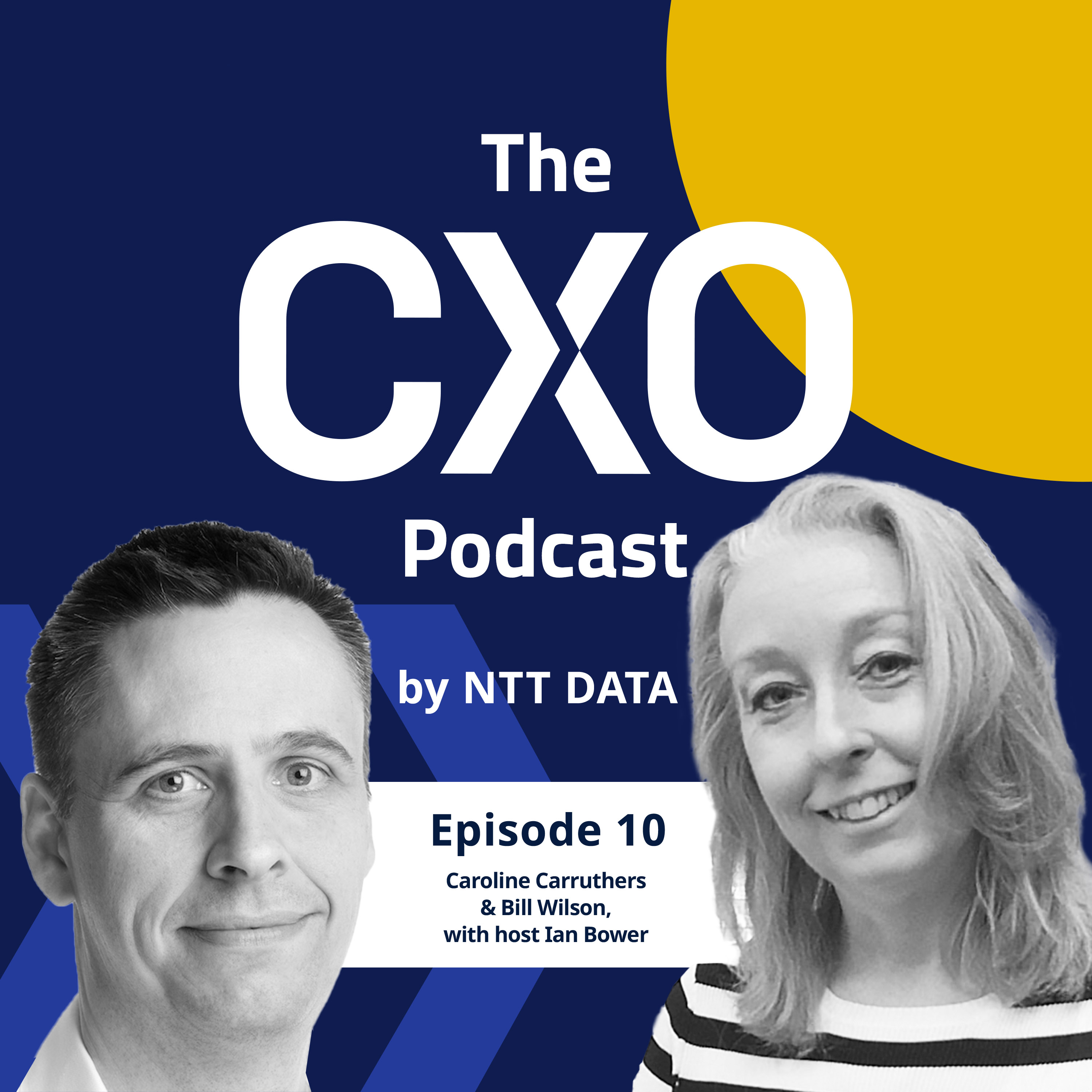Nearly everything in my daily life revolves around data: checking a weather app, tracking the school bus, logging steps, ordering groceries, booking travel, and the list goes on and on. Once I log into work, data is there to solve business challenges for my clients. From helping companies understand the data they already have to assisting organisations in developing new ways to use their information, every day brings new opportunities and insights to simplify my life. Data takes the drama out of my day.
Data is also a two-way street. As consumers, it gives us the energy to keep pace with a modern, digitally-enabled world. It helps us maintain our lifestyle and thrive by keeping track of everything from health and wellness to financial growth. On the other hand, organisations are accumulating data to help make informed business decisions. They’re efficiently using data to increase their ability to offer consumers like us faster, reliable and more interactive products and services.
Is data at the centre of your digital transformation strategy? If not, it should be.
Data is where business concepts and technology come together. Technology powers data generation and collection, but it’s the day-to-day interactions of an organisation – like logistics, planning, finance, marketing, supply chain and customer support – that need to utilise data to maximise efficiency. But when data isn’t used properly, it can rain on your parade.
As a member of the technology office, business operations or data team at your organisation, do you feel your data is working as hard as it should or could? Is data at the centre of your digital transformation strategy? If not, it should be. Let’s take a look at why.
Data’s importance: something’s brewing
First, let’s look at data access because you can’t analyse what you don’t see — not knowing what type of data you have, how to access it, or how to use it is problematic. If your data is disconnected and stored in siloes within different operational divisions, it has little meaning except to a select few leaders.
For example, if tracking consumer data across social media platforms is stored in one program and purchasing history in another, they’re not working together to create a cohesive picture. The sales team might be excited that your new product sales are climbing, but they do not have access to the negative online comments from end-users the marketing department is collecting. That’s one simplified example of a data disconnect.
Data is here to give you the insights you need to make better decisions. When data is all over the place, it seems like an overwhelming and complicated process to corral it. But when you take a proactive approach to uncovering all its hidden gems, data becomes the shining star in digital transformation.
Data as fuel: pour the coffee
Second, how do you simplify all this data and make it central in your digital transformation? You start with looking at the big picture and then creating a collection, analysis, and governance process. Different types of data have different meanings for business leaders. With so many businesses generating, analysing, integrating, and leveraging data, it is critical to see how they can improve. This is where the ‘drama’ of connecting all the disparate data points with a seemingly endless combination of data tools comes in (and where transformation happens). But it doesn’t have to be dramatic, frustrating or painful. Streamlining the process with the best modern data platforms and tools to drive automation, data intelligence and advanced analytics will be key here.
Being a data-driven organisation hinges upon viewing data as a valuable asset, and data needs to be cured and protected.
Also, remember that embracing data is typically a cultural shift within an organisation. In a recent survey, we found that executives are struggling to make their organisations data-driven. Only 10% of all the organisations we surveyed are using data to transform digitally. Why? Many cited a lack of leadership support for using the data that they have. They also cited data quality, integration and security as challenges they face.
Being a data-driven organisation hinges upon viewing data as a valuable asset, and data needs to be cured and protected. Data governance is a critical aspect of the overall strategy.
Data strong: keeping it hot
Keeping data accessible and secure is the last area of importance. Legacy transformation and modernisation of the data ecosystem to the cloud maximises all the possibilities for data. For cost and scalability, cloud migration offers a modernised alternative to legacy systems.
Data that is accessible anywhere, anytime, in real-time, allows your business to be prepared for anything, from a power outage to a global pandemic. Accessibility also fosters internal collaboration. And during a time when remote work is proliferating, this is a critical factor in creating flexibility and agility.
Moving data to the cloud solves for data stuck in different divisions that don’t normally communicate with each other. Quick data sorting and analysis leads to new insights, enabling innovation to flourish. Another key factor is cost savings. Moving data to the cloud reduces storage costs, freeing up financial resources for other key areas of your business.
Digital transformation with data optimisation at its core is a lot less dramatic than it sounds. With the proper planning, support and strategic data partner, you’ll turn data into knowledge, knowledge into insights and insights into industry leadership faster than you can say: pour me another cup of data!


































